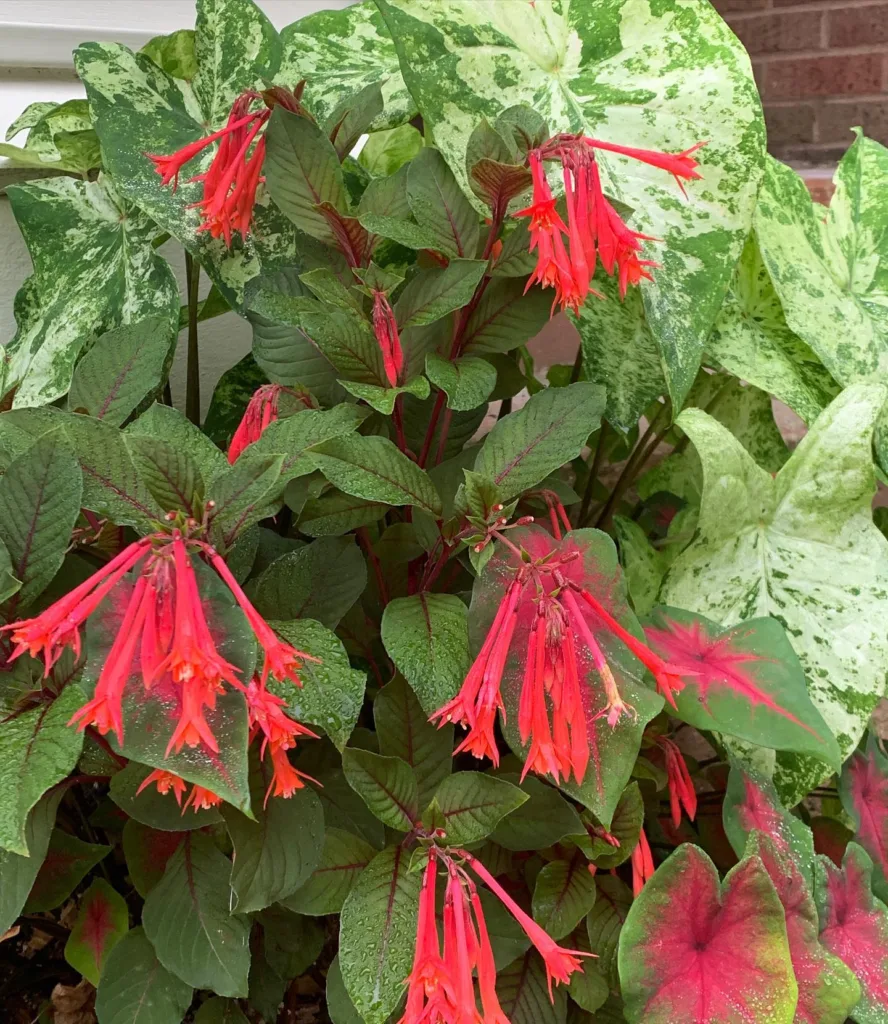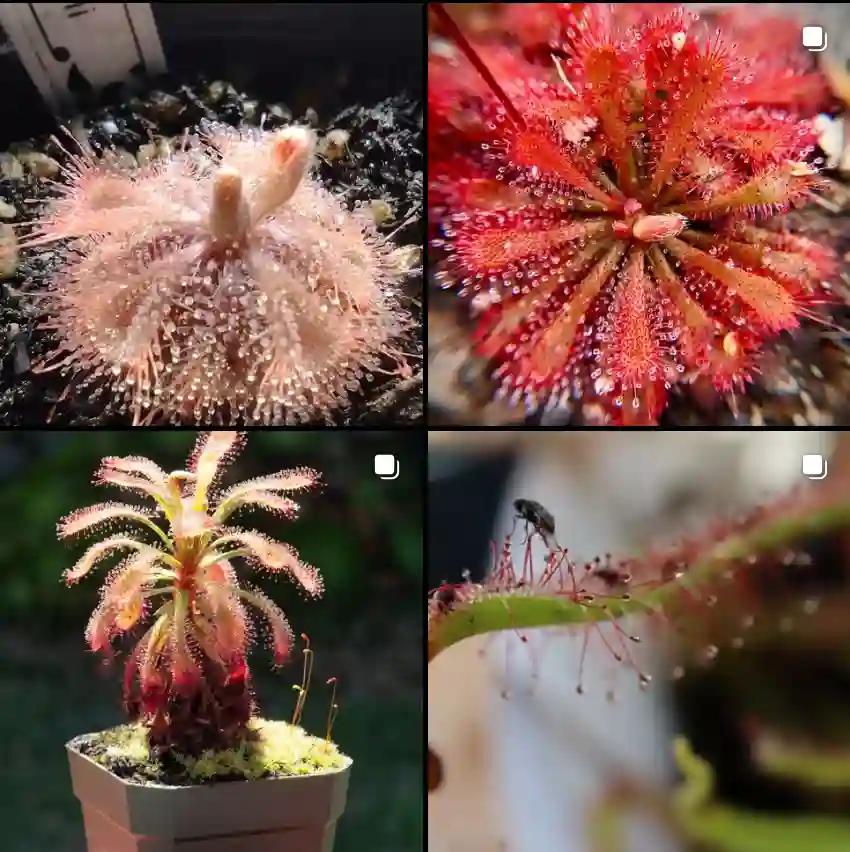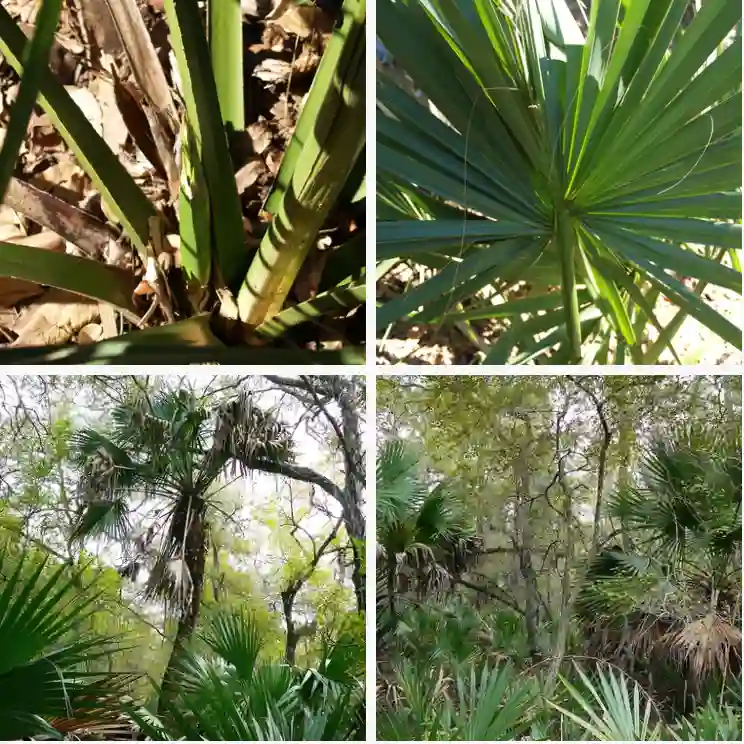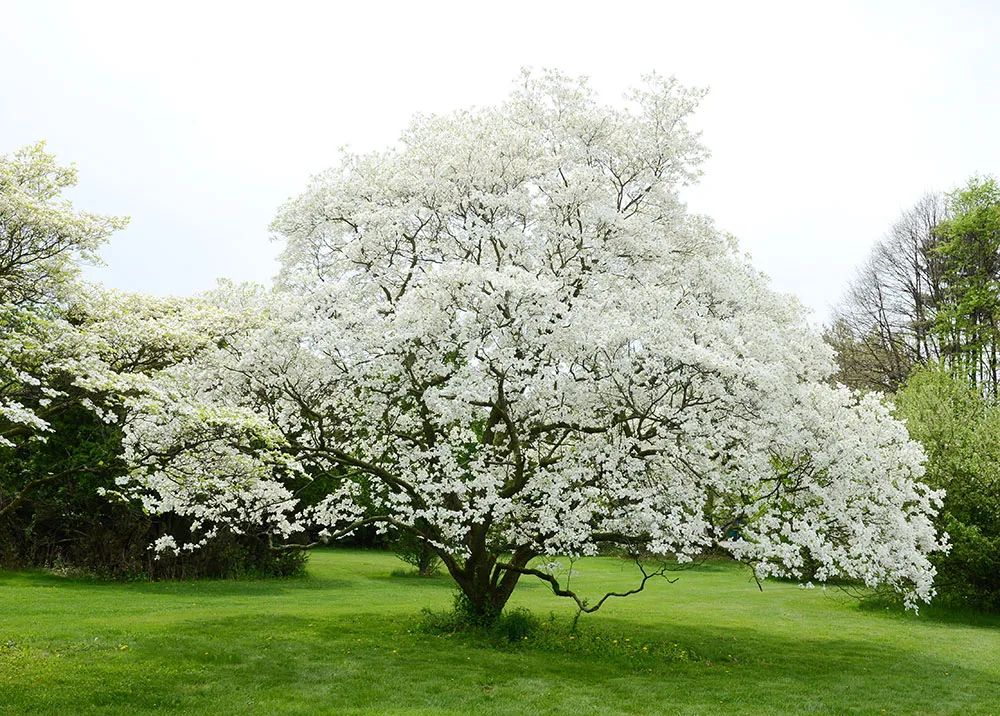
The Venus Flytrap: Nature’s Snappy Masterpiece
My name is Ferb Vu, and I’ve always been fascinated by the natural world, especially by plants that seem to defy expectations. While most plants passively soak up sunlight, there’s a select group that takes a more proactive approach to nutrition. They’re carnivorous, and my favorite among them is the Dionaea muscipula, better known as the Venus flytrap.
This isn’t just any plant; it’s a predator in disguise, a master of deception with a lightning-fast reflex. The Venus flytrap is a marvel of evolution, a testament to nature’s ingenuity. It’s the only species in the genus Dionaea from the Droseraceae family, making it a truly unique and captivating organism.
Where to get a venus fly trap?
You can typically find Venus fly traps at various places, including nurseries, garden centers, and even some larger chain stores that have gardening sections. Additionally, you can also purchase Venus fly traps online from specialized plant retailers or through online marketplaces. When purchasing a Venus fly trap, it’s important to ensure that you’re buying from a reputable source to ensure the plant’s health and quality. Look for healthy-looking plants with vibrant green foliage and avoid any that show signs of stress or damage. With proper care, a Venus fly trap can make a unique and fascinating addition to your plant collection.
Why is my venus fly trap turning black?
Oh no, not the blackening! My Venus flytrap has been doing this too, and it’s such a worry. At first I thought it might not be getting enough sunlight. Remember how we rearranged the furniture last week? My flytrap used to sit right by the window, but now it’s a bit further back. I’m going to move it back to its sunny spot and see if that perks it up any. Maybe I should also check the watering – it’s easy to forget with all the busyness lately. Hopefully it’s not something more serious like root rot!
How often to water venus fly trap?
Watering my Venus flytrap feels like a constant balancing act! It’s all about keeping the soil moist without it being soaking wet. I used to panic about underwatering, but after one too many overwatering scares, I’ve learned my lesson. Now, I usually give it a good soak every couple of days, but only if the soil feels a bit dry on top. In summer, when the air is dry and the sun’s beating down, I might water it a little more often. I always use distilled water, too – I’ve heard the minerals in tap water can be harmful to these delicate plants.
Where can i buy a venus fly trap plant?
Here are a few places you can look for a Venus flytrap plant:
- Specialized plant nurseries: Some nurseries focus on exotic or unusual plants, and may carry Venus flytraps. It’s worth checking out nurseries in your area.
- Exotic plant shops: These shops often stock fascinating varieties of plants from around the world, and you might be lucky enough to find a Venus flytrap there.
- Online retailers: Several online stores specialize in carnivorous plants, making it convenient to order a Venus flytrap from the comfort of your home. Just make sure to choose a reputable seller with good reviews.
- Farmers Markets or Plant Sales: Sometimes you can find Venus flytraps at local farmers markets or plant sales hosted by garden societies.
Does venus fly trap eat gnats?
Yes, Venus flytraps can definitely eat gnats! While they prefer larger insects with more nutritional value, gnats are still fair game. However, very small gnats sometimes manage to escape the trap because they might not properly trigger the sensitive hairs inside the lobes.
If you have a gnat problem, a Venus flytrap can help, but it might not be the most efficient solution for full-scale pest control. Other carnivorous plants like sundews or pitcher plants might be better suited for catching large quantities of smaller insects.
How to repot venus fly trap?
I’ve only repotted my Venus flytrap once so far, and boy, was I nervous! It seemed like such a delicate process. The most important thing I learned is to be really gentle. Those roots are fragile! I started by finding a slightly bigger pot with good drainage holes. Then, I carefully removed the plant from its old pot, trying really hard not to tug at it. I gently cleaned away as much of the old soil as I could. Then, I filled the new pot with special carnivorous plant soil and made a little hole in the center. Finally, I nestled my flytrap into its new home and gave it a good watering with distilled water. It seemed a little droopy for a few days after, but perked back up just fine!
How much is a venus fly trap?
The price of a Venus flytrap can vary depending on where you buy it and the size and variety of the plant. Here’s a general idea:
- Garden centers and big-box stores: You might find basic Venus flytraps for around $5-$10 at places like this. However, be aware that sometimes these plants might not be in the best condition.
- Specialized plant nurseries: Nurseries specializing in carnivorous plants may offer a wider selection of Venus flytrap varieties and healthier plants, though they might cost slightly more, around $10-$20.
- Online retailers: Online stores dedicated to carnivorous plants typically provide the most diverse range of Venus flytraps, including rare cultivars. Prices can range from $10 all the way up to $50 or more for unique varieties.
It’s always a good idea to compare prices and factor in shipping costs if you’re buying online!
How often do you feed a venus fly trap?
I don’t feed my Venus flytrap very often. They’re surprisingly good at catching their own food! If my plant is outside during the warmer months, it usually manages to nab a few unsuspecting bugs all on its own. If it’s indoors, or I think it could use a boost, I might feed it a small insect every few weeks or so. I’ve heard that overfeeding can actually be harmful to them and can cause the traps to rot. It’s best to just occasionally supplement their natural diet rather than make them completely rely on me for food.
Is a venus fly trap a producer or consumer?
Venus flytraps are fascinating because they’re kind of both! They are producers because they can make their own food through photosynthesis just like other plants. But, they’re also consumers since they catch and eat insects. The insects don’t provide energy like regular food does, but instead offer up nutrients that Venus flytraps need to survive in places where the soil is really poor. So, they’ve evolved to get the best of both worlds!
Can you feed a venus fly trap dead bugs?
Technically, you can feed a Venus flytrap dead bugs, but it’s not ideal and there’s a trick to it. Their traps are designed to react to movement from a live, struggling insect. A dead bug won’t trigger the trap to seal properly or release the digestive enzymes. If I absolutely had to feed my plant a dead bug, I’d probably try to gently move the bug inside the trap once it’s closed to mimic a little bit of struggle. It’s not a perfect solution, but sometimes it works! Honestly, it’s usually easier and better for the plant to just feed it a live bug.
Can you overfeed a venus fly trap?
Yes, you can definitely overfeed a Venus flytrap! It might seem counterintuitive, but they actually need very little food. In the wild, they might only catch a few insects every month. Overfeeding can cause a few problems. If the bug is too big, the trap might not be able to completely close, and the bug will start to rot inside. This can cause the trap to turn black and die off. Plus, all that energy spent trying to digest food can exhaust the plant. It’s better to stick to feeding only one or two traps at a time, and at most give it a bug every week or two.
Why is my venus fly trap not closing?
That’s a frustrating problem! There are a few reasons why my Venus flytrap might decide to stop closing:
- Not enough stimulation:The tiny trigger hairs inside the trap need proper stimulation. A single touch usually won’t do it; they need to be brushed twice in quick succession or have a bug struggling inside. I sometimes use a toothpick to gently mimic that movement.
- Lack of energy: Closing traps takes energy for the plant. If my flytrap hasn’t had much sun or got fed a too-big bug recently, it might be too low on energy.
- Dormancy: During winter, it’s completely normal for them to go into dormancy. During dormancy, their traps may close very slowly, or not at all.
- Stress or wrong conditions: Too much or too little water, the wrong type of soil, or recent repotting can all stress out the plant, making the traps unresponsive.
I’ll start by checking its environment and care. Then, if all seems well, I might try the toothpick trick to see if I can get a response!
Does venus fly trap photosynthesis?
Yes, Venus flytraps absolutely photosynthesize! Just like any other green plant, they use sunlight to turn water and carbon dioxide into energy. The reason they’ve evolved to trap and eat insects is to supplement the nutrients they can’t get from the poor soil where they naturally grow. So, being able to photosynthesize is vital for their survival, even though they have this cool added way of getting nutrients.
How to prune venus fly trap?
The “pruning” you do on a Venus flytrap is quite different from how you might prune other houseplants. It’s really more about keeping it tidy and ensuring optimal energy use. Here’s how I approach it:
- Dead and dying leaves: I focus on removing any leaves or traps that are completely black, brown, or shriveling up. These are no longer doing the plant any good. I use small, sharp scissors and gently cut them off as close to the base of the plant (the rhizome) as possible.
- Old traps: Sometimes traps turn black after successfully catching and digesting a bug. I’ll trim those off as well, again cutting close to the base.
- Flower stalks: Flowering takes a LOT of energy for a Venus flytrap. If I want my plant to focus on growing healthy leaves and traps, I’ll cut off flower stalks as soon as they begin to emerge.
It’s important to be gentle! I avoid disturbing the healthy plant parts as much as possible, and always make sure my tools are clean. 😊
What is the biggest venus fly trap?
The biggest Venus flytrap ever recorded was a cultivar named “Alien”. It was grown by Jeremiah Harris in Colorado, and its largest trap measured a whopping 2.4 inches (6.1 cm) across! Typically, Venus flytraps have traps around 1 inch long, so this was an absolute giant. There are a few cultivars known for producing larger-than-average traps, like the B52 and Slack’s Giant. But, even under ideal conditions, it’s rare for them to reach the size of the record-breaking “Alien”.
What type of soil for venus fly trap? Can i use cactus soil for venus fly trap?
Absolutely not! Cactus soil is completely wrong for a Venus flytrap. Venus flytraps need very specific soil conditions to thrive:
- Nutrient-poor: They’ve evolved to grow in soil that lacks nutrients. Regular potting soil or cactus soil, which are full of fertilizers, will actually harm them.
- Acidic: They prefer acidic soil, typically with a pH between 4 and 5.
- Well-draining: Their roots need good air circulation and mustn’t stay soggy.
The most common and easiest soil mix for Venus flytraps is a 50/50 blend of sphagnum peat moss and perlite. You can also sometimes find pre-made carnivorous plant soil blends at specialized nurseries.
When does venus fly trap go dormant?
Venus flytraps typically go dormant during the winter months, specifically between November and February. This is their natural response to shorter days, cooler temperatures, and a decrease in available insects to catch. During dormancy, they may stop growing, some leaves might die back, and their traps might close very slowly or not at all. However, it’s important to not give up on them! They’re simply storing energy and will come back strong once the conditions improve.
Why is my venus fly trap not eating?
That’s always a bit concerning, isn’t it? There could be a few reasons why my Venus flytrap might decide to turn into a vegetarian:
- Digestion time: If it recently caught a bug, it might still be busy digesting it! Depending on the size of the insect, digestion can take anywhere from a few days to over a week. During this time, the trap won’t be responsive.
- Not triggered properly: The tiny hairs inside the trap need proper stimulation to trigger closure and start the digestion process. If the bug is too small, or doesn’t struggle, the trap might reopen without “eating.”
- Lack of sunlight: Venus flytraps need plenty of sunlight for energy. If mine’s been a bit shaded recently, it might not be strong enough to close the trap properly or go through the digestion process.
- Dormancy: In winter, it’s natural for them to become less active and slow down with eating as part of their dormancy period.
- Stress: Recent repotting, changes in watering, or even too much handling can stress the plant out and make it less likely to eat.
In conclusion, the Venus flytrap is a remarkable plant that has captured the imagination of people around the world. Its unique adaptations, carnivorous lifestyle, and captivating appearance make it a true marvel of nature. As we continue to learn more about this fascinating organism, we gain a deeper appreciation for the intricate web of life that connects us all.
If i die, water my plants!



